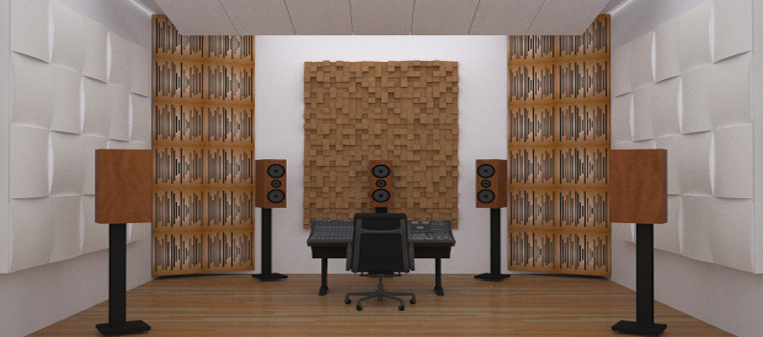When it comes to creating an ideal listening environment for music production, recording, or just enjoying high-quality audio, understanding and optimizing room acoustics is essential. The way sound interacts with the walls, ceilings, and floors of a room can significantly impact the overall audio experience. In this article, we’ll explore some valuable tips and techniques for mastering room acoustics and achieving optimal sound quality.
1.Assessing the Room:
The first step in mastering room acoustics is to assess the space you’ll be working with. Take note of the room’s dimensions, materials used in construction, and any potential sound reflections or echoes. Understanding the inherent characteristics of your room will help you identify problem areas and plan appropriate solutions.
2. Dealing with Reflections:
One of the most common issues in room acoustics is sound reflections. These reflections can create standing waves and interfere with the original audio signal, resulting in muddy and uneven sound. To tackle this problem, consider adding acoustic panels or diffusers to absorb or scatter sound waves, respectively. Placing them strategically on walls and ceilings can help minimize unwanted reflections.
3. Bass Traps for Low-End Control:
Bass frequencies tend to accumulate in corners and can cause significant problems with room acoustics. Bass traps are specialized acoustic panels designed to absorb low-frequency sound and address this issue. By strategically placing bass traps in corners, you can achieve better low-end control and a more balanced sound.
4. Speaker and Listening Position:
The placement of your speakers and listening position plays a crucial role in room acoustics. Consider the classic “equal-sided triangle” setup, where the two speakers and the listener form an equilateral triangle. Experiment with positioning to find the sweet spot with the most balanced sound. Additionally, try to keep the listening position away from walls to reduce potential reflections.
5. Room Mode Mitigation:
Room modes are resonant frequencies that develop between parallel surfaces, such as walls and floors. These can cause frequency peaks and nulls at certain points in the room, leading to irregular frequency response. Using bass traps and diffusers can help mitigate room modes and create a more uniform listening experience.
6. Use of Room Correction Software:
To fine-tune your room acoustics, consider using room correction software and measurement tools. These programs can analyze the room’s acoustic properties and provide recommendations for adjusting speaker placement and applying digital EQ to compensate for frequency response irregularities.
7. Acoustic Treatment for Home Studios:
If you’re working in a home studio, investing in acoustic treatment can significantly enhance your recordings. Creating a dedicated and treated recording space will result in more accurate monitoring and better mixes.
Mastering room acoustics is a vital aspect of achieving optimal sound quality in any audio-related endeavor. By assessing your room, addressing reflections, employing bass traps, and optimizing speaker and listening positions, you can create a more controlled and balanced acoustic environment. Whether you’re a music producer, audio engineer, or simply an avid music lover, taking the time to understand and implement these tips and techniques will elevate your listening experience to a whole new level.

